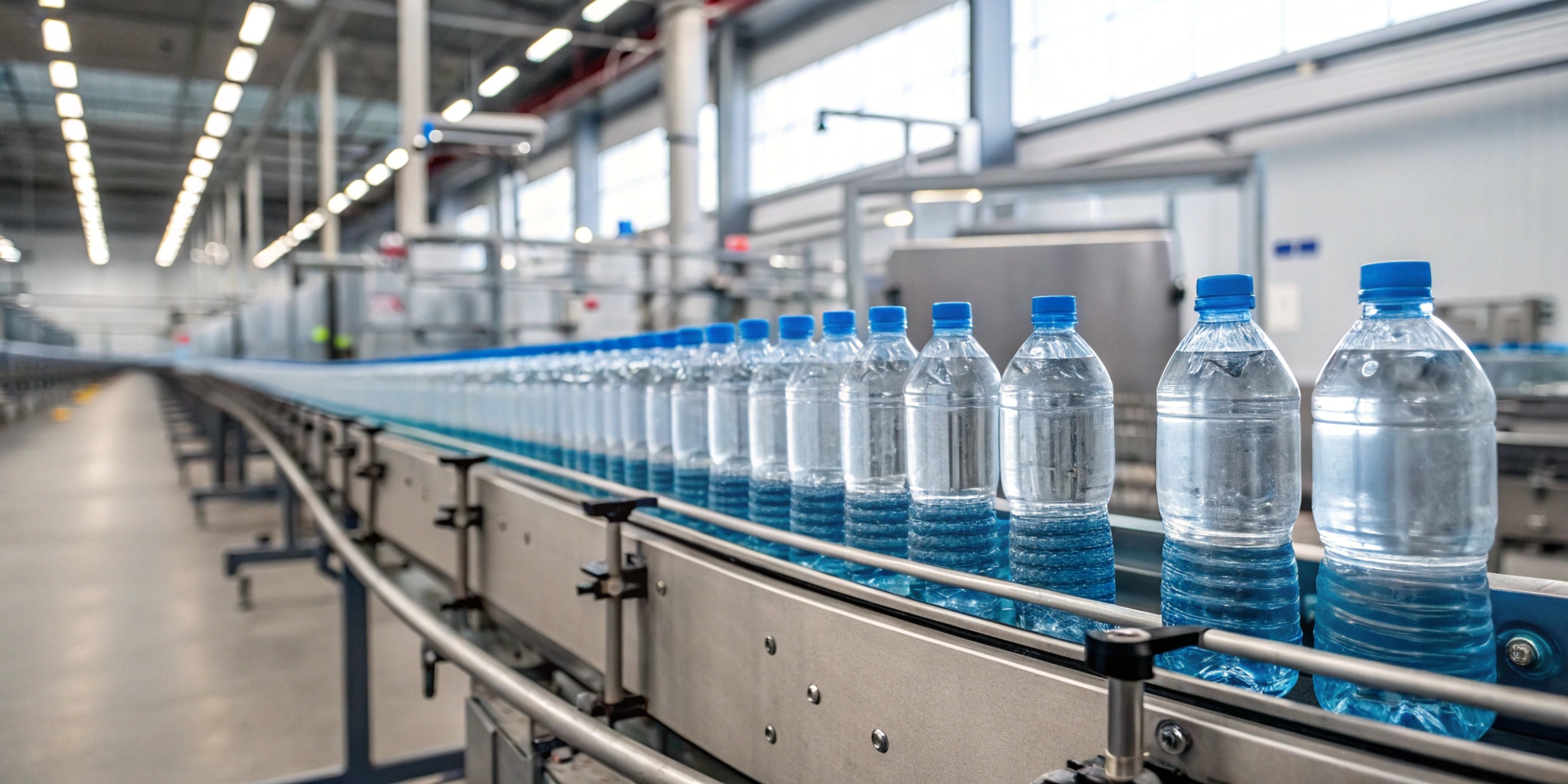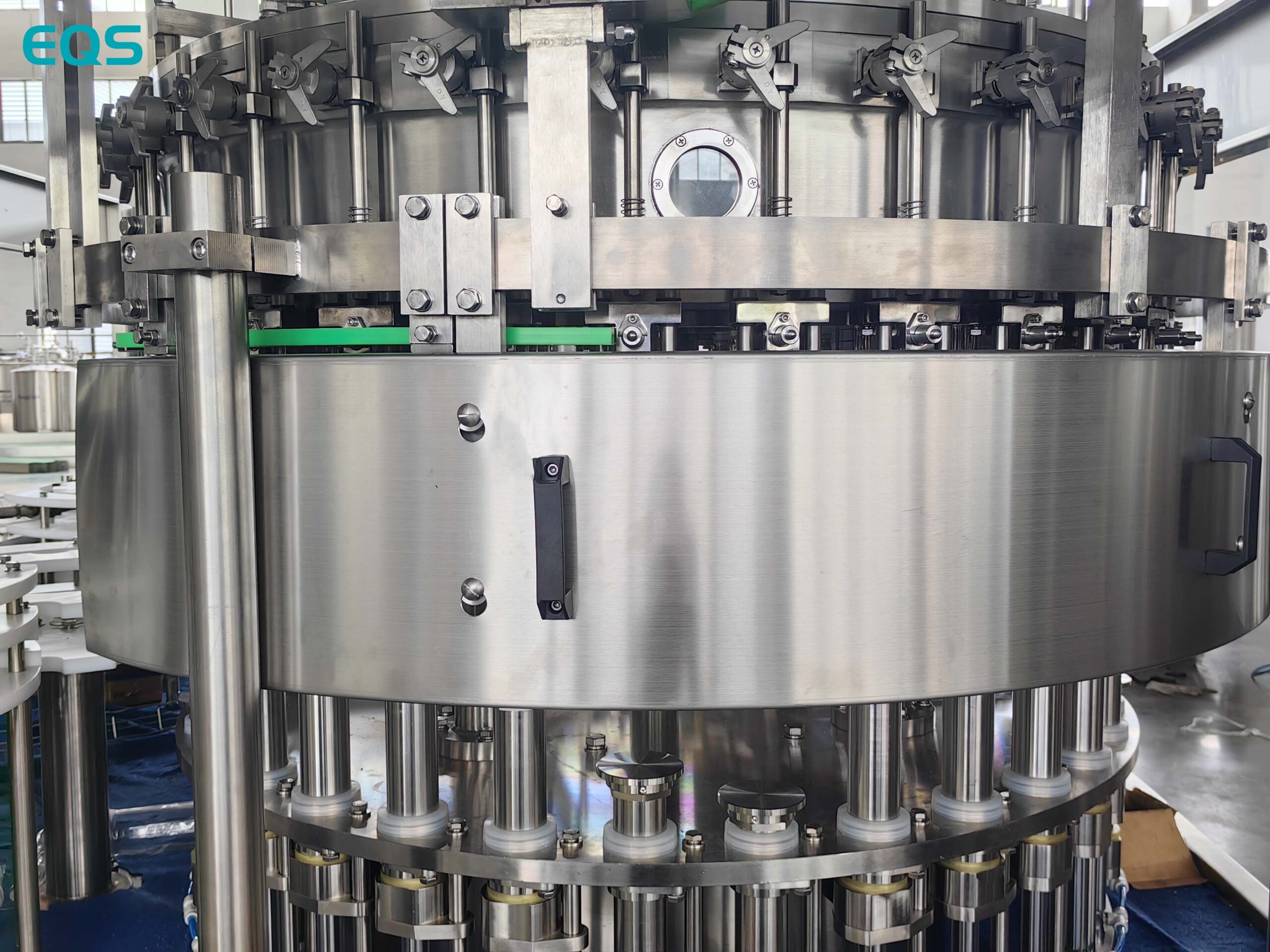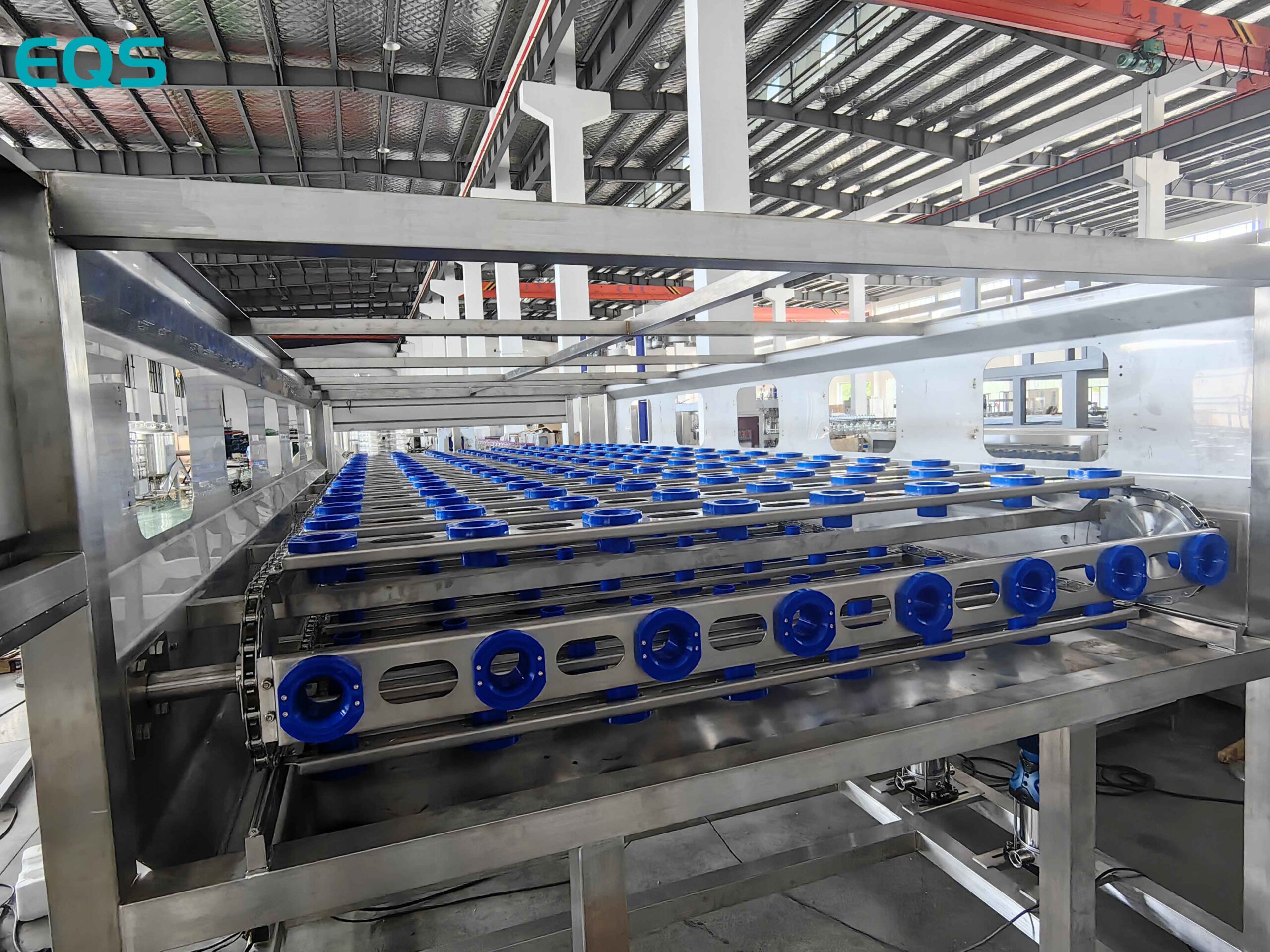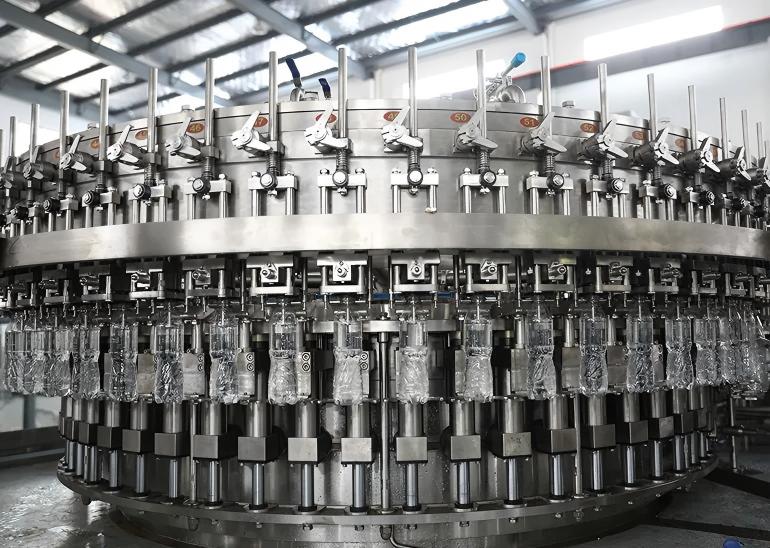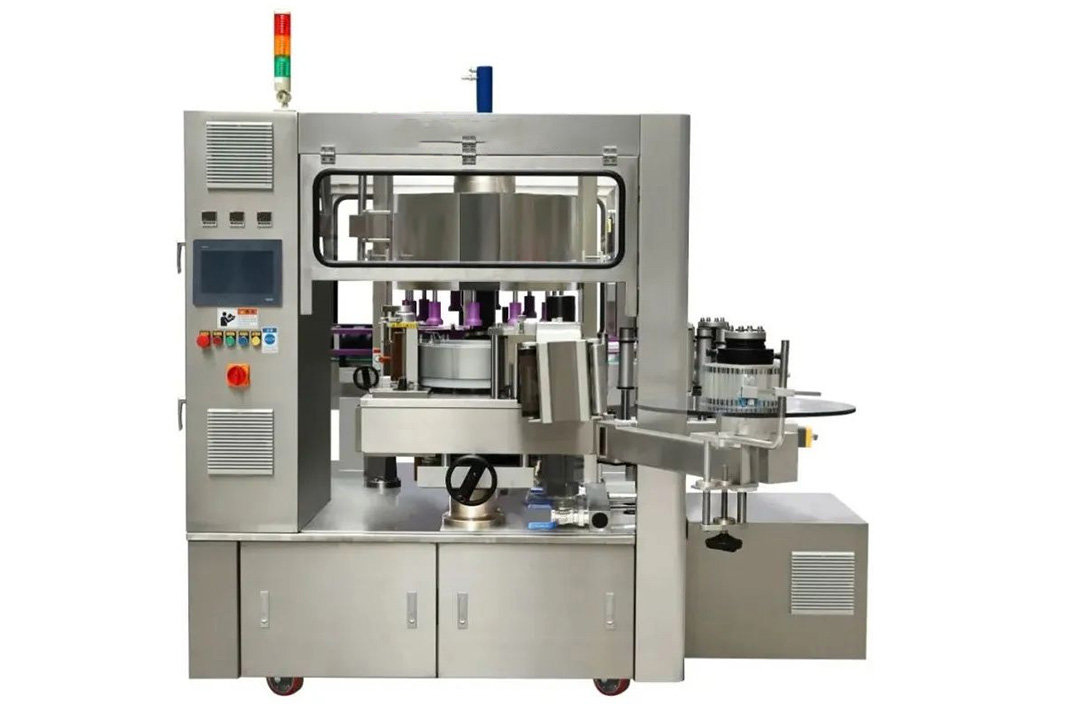What is the Difference Between Filling Machines for Producing Carbonated Beverages and Fruit Juice?
leading paragraph:
Ever wondered why some filling machines fizz while others flow smoothly? The secret lies in how they handle carbonation and product integrity.
snippet paragraph:
Filling machines for carbonated beverages and fruit juice differ primarily in their handling of pressure, oxygen, and product characteristics. Carbonated beverage fillers use counter-pressure to maintain carbonation, while juice fillers focus on minimizing oxidation and maintaining product integrity.

Transition Paragraph:
Let’s dive into the specific differences in design and operation for these two types of filling machines.
How Do Carbonated Beverage Filling Machines Work?
leading paragraph:
How do these machines manage the fizz and prevent flat drinks?
snippet paragraph:
Carbonated beverage fillers use counter-pressure filling to maintain CO2 levels. This involves pressurizing the bottle with CO2 before filling, ensuring the beverage doesn’t lose carbonation during the filling process. These machines often include pre-evacuation and gas flushing to minimize oxygen.
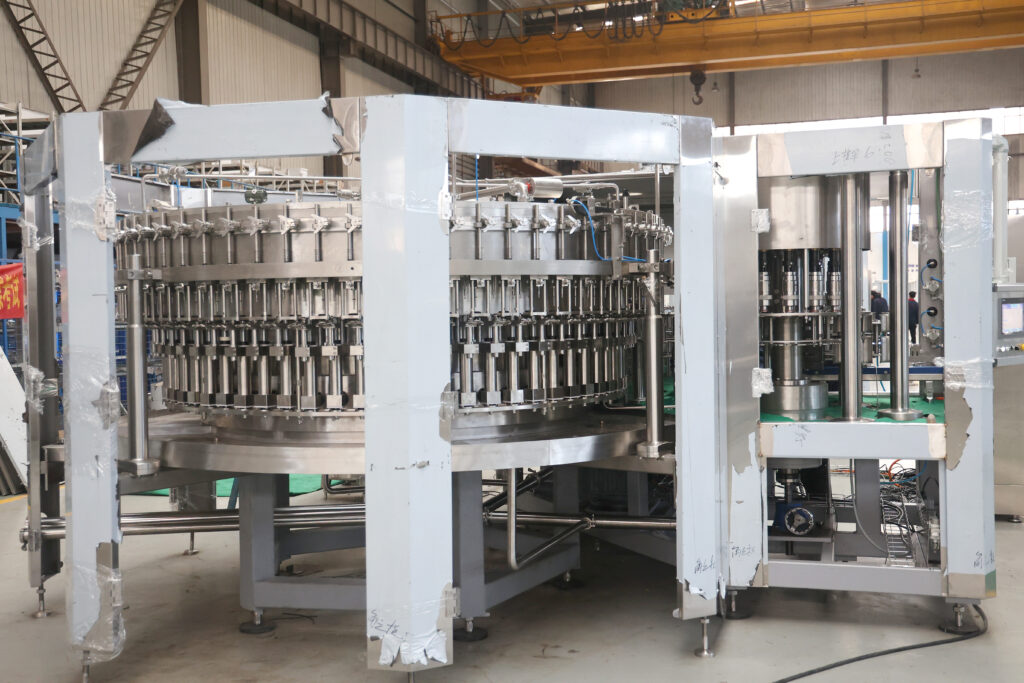
Key Features of Carbonated Beverage Fillers
- Counter-Pressure Filling: Maintains CO2 saturation.
- Pre-Evacuation: Removes oxygen from the bottle.
- Gas Flushing: Replaces air with CO2.
- Hygienic Design: Minimizes microbial contamination.
- Precise Filling Valves: Ensures accurate fill levels.
Dive deeper Paragraph:
Carbonated beverage filling is a delicate dance of pressure and temperature. The goal is to keep the CO2 dissolved in the liquid, preventing it from escaping and causing foaming. Counter-pressure filling is the key – the machine first pressurizes the bottle to match the pressure of the carbonated beverage. This prevents the CO2 from rushing out when the filling valve opens. Pre-evacuation removes oxygen from the bottle, which can react with the beverage and affect its flavor and shelf life. Gas flushing with CO2 further reduces oxygen levels. We recently installed a new carbonated beverage line for a soda company, and the pre-evacuation and gas flushing steps reduced oxygen pickup by over 50%, resulting in a significantly longer shelf life for their product.
How Do Fruit Juice Filling Machines Work?
leading paragraph:
What considerations are vital when filling fruit juice?
snippet paragraph:
Fruit juice fillers prioritize maintaining product integrity, minimizing oxidation, and preventing microbial growth. These machines often use aseptic cold filling techniques
or hot filling to ensure the juice remains fresh and safe for consumption. They also emphasize gentle handling to preserve flavor and nutrients.
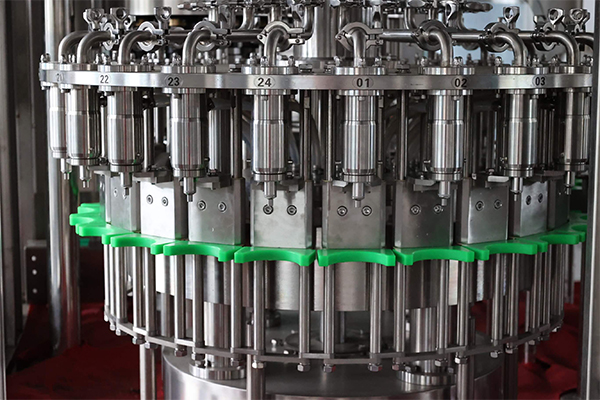
Key Features of Fruit Juice Fillers
- Aseptic Cold Filling: Sterilizes the product and packaging separately.
- Hot Filling: Fills the juice at a high temperature to kill microbes.
- Gentle Handling: Minimizes damage to the juice.
- CIP/SIP Systems: Ensures thorough cleaning and sterilization.
Dive deeper Paragraph:
Fruit juice filling is all about preserving the natural flavors, colors, and nutrients of the juice. Oxidation is a major enemy, causing browning and flavor degradation. Aseptic cold filling is a popular technique, where the juice and packaging are sterilized separately and then combined in a sterile environment. Hot filling involves filling the juice at a high temperature (around 85-92°C) to kill any remaining microorganisms. Gentle handling is crucial to prevent damage to the juice, which can release enzymes that cause spoilage. Nitrogen dosing can help displace oxygen in the headspace of the container, further reducing oxidation. I worked with a juice manufacturer who switched to aseptic filling, and they saw a dramatic improvement in the shelf life and flavor of their product, allowing them to expand their distribution range.
What are the Key Differences in Machine Design?
leading paragraph:
What physical differences can you expect to see?
snippet paragraph:
Carbonated beverage fillers typically have robust, pressure-resistant designs with complex valve systems. Fruit juice fillers often feature simpler designs with smooth surfaces and minimal dead spots to facilitate cleaning and prevent microbial buildup. Materials used also differ, with juice fillers often utilizing more specialized stainless steel alloys for acid resistance.
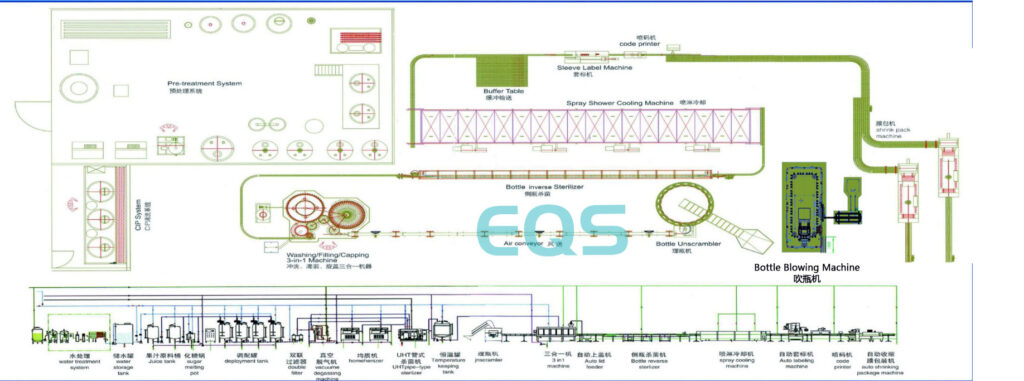
Design Comparison
| Feature | Carbonated Beverage Fillers | Fruit Juice Fillers |
|---|---|---|
| Pressure Resistance | High, designed to withstand internal pressure | Moderate, focus on hygiene and cleanability |
| Valve Complexity | Complex, precise control of gas and liquid flow | Simpler, focus on gentle filling and minimizing aeration |
| Materials | Stainless steel, pressure-resistant components | Specialized stainless steel alloys for acid resistance |
| Cleaning | Robust CIP systems, but can be more challenging | Designed for easy CIP/SIP, minimal dead spots |
Dive deeper Paragraph:
The physical design of the machines reflects the different requirements of each application. Carbonated beverage fillers need to be strong enough to handle the internal pressure of the carbonated liquid. The valves are more complex, allowing for precise control of gas and liquid flow. Fruit juice fillers, on the other hand, prioritize hygiene and cleanability. The surfaces are smoother, with fewer dead spots where bacteria can accumulate. The materials used are often different as well. Fruit juices can be acidic, so the filler components need to be made from specialized stainless steel alloys that are resistant to corrosion.
What are the Key Differences in Operational Procedures?
leading paragraph:
How do the day-to-day tasks differ between these filling lines?
snippet paragraph:
Operationally, carbonated beverage fillers require careful monitoring of CO2 pressure and temperature. Fruit juice fillers demand strict adherence to sanitation protocols and regular checks for microbial contamination. Changeover procedures also differ, with carbonated beverage fillers requiring adjustments to pressure and flow rates, while juice fillers may require adjustments to filling volumes and sterilization parameters.
Operational Considerations
| Aspect | Carbonated Beverage Fillers | Fruit Juice Fillers |
|---|---|---|
| Monitoring | CO2 pressure, temperature, fill levels | Sanitation, microbial counts, fill volumes |
| Sanitation | Regular CIP cycles | Stringent CIP/SIP protocols, aseptic techniques |
| Changeover | Adjusting pressure, flow rates, and bottle sizes | Adjusting fill volumes, sterilization parameters, and container types |
| Maintenance | Inspecting pressure-resistant components, valve maintenance | Inspecting seals and gaskets, maintaining sterile environment |
Dive deeper Paragraph:
Running these filling lines requires different skill sets and operational procedures. For carbonated beverage fillers, operators need to be experts in managing CO2 pressure and temperature to maintain consistent carbonation. Regular monitoring of fill levels is also crucial. Fruit juice fillers require a strong focus on sanitation and hygiene. Operators need to follow strict CIP/SIP protocols and regularly check for microbial contamination. Changeover procedures also differ. Carbonated beverage fillers may require adjustments to pressure and flow rates depending on the product. Juice fillers may need adjustments to filling volumes and sterilization parameters.
Conclusion
While both types of filling machines aim to fill containers efficiently, the specific design and operational considerations differ significantly. Carbonated beverage fillers prioritize maintaining carbonation through counter-pressure filling, while fruit juice fillers focus on preserving product integrity through aseptic or hot filling techniques. Understanding these differences is crucial for selecting the right equipment for your specific beverage production needs.
My name is Allen, and I’m an expert in filling machine technology at EQS (eqsfilling.com), a leading liquid packaging solution provider based in China. If you’re looking for top-quality filling machines for your production line, feel free to reach out to me at [email protected]. We specialize in providing customizable solutions with cutting-edge technology.


